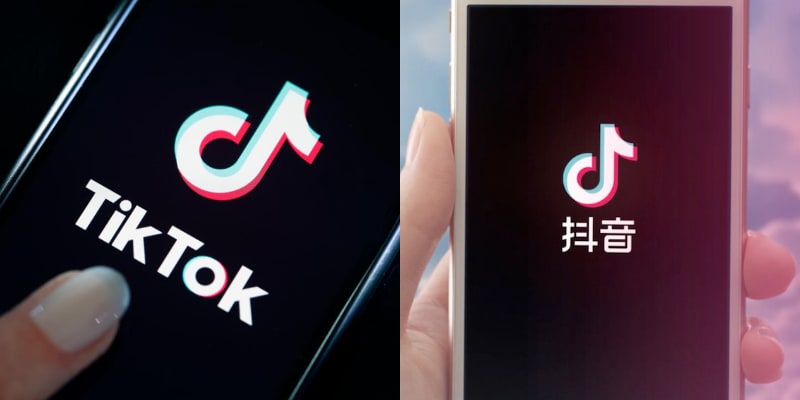China brand strategy is changing fast. Legacy branding and global fame are no longer enough. A new report by Alibaba and Peking University’s Consumer Brand Index (CBI) analyzes the behavior of nearly 1 billion Chinese consumers. The data reveals five key shifts that brands must act on to stay relevant in 2025 and beyond.
1. Product Performance Wins Trust
Chinese consumers want evidence.
-
Clinical results now matter more than marketing slogans.
-
SkinCeuticals gained market share by publishing dermatologist-backed content and using real product data.
-
It ranked 82nd in the index without relying on celebrity endorsements.
Action: Share measurable product outcomes. Use expert voices and transparent testing to build trust.
2. Local Brands Are Catching Up Fast
Local players are using speed and insight to win.
-
In pet care, six of the top seven brands are domestic.
-
Pop Mart grew rapidly by letting consumers shape their own identity through the product experience.
Action: Shorten your product development cycle. Adapt fast to local needs and behaviors.
3. Niche Beats Mass Appeal
Growth is coming from focus, not scale.
-
Laopu Gold reached the top 20 by focusing on ancient Chinese craftsmanship.
-
The brand operates few stores and avoids mass exposure.
Action: Pick a niche. Build depth, not breadth. Elevate cultural or functional value instead of scaling wide.
4. International Brands Must Localize
Global reputation helps, but it no longer leads.
-
Apple still performs well, but brands like Huawei and Xiaomi are gaining quickly.
-
Chinese shoppers want quality, but they also expect localized innovation.
Action: Tailor product features, content, and services for Chinese preferences. Don’t recycle global campaigns.
5. Tier-2 Cities Are Now the Growth Engine
Cities like Zhengzhou, Chongqing, and Hefei are outpacing Tier-1 metros.
-
These consumers expect the same variety and quality but prefer regional marketing and community-driven content.
Action: Invest in local logistics, region-specific campaigns, and city-level insights.
What You Should Do Now
-
Prove value with measurable results
-
Localize everything: product, pricing, content
-
Focus on narrow markets with clear needs
-
Prioritize Tier-2 cities with tailored outreach
-
Treat China as a core market for innovation
China brand strategy in 2025 requires agility, insight, and local relevance. Need support adapting your brand for China’s new reality? Contact us to get started.





















